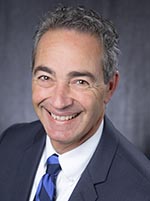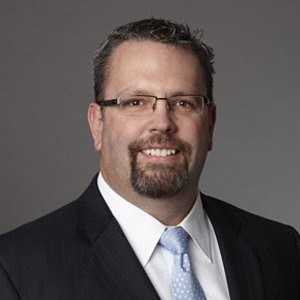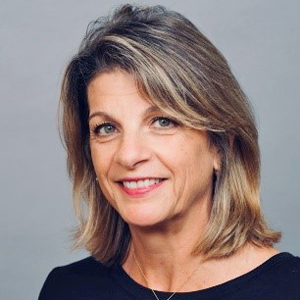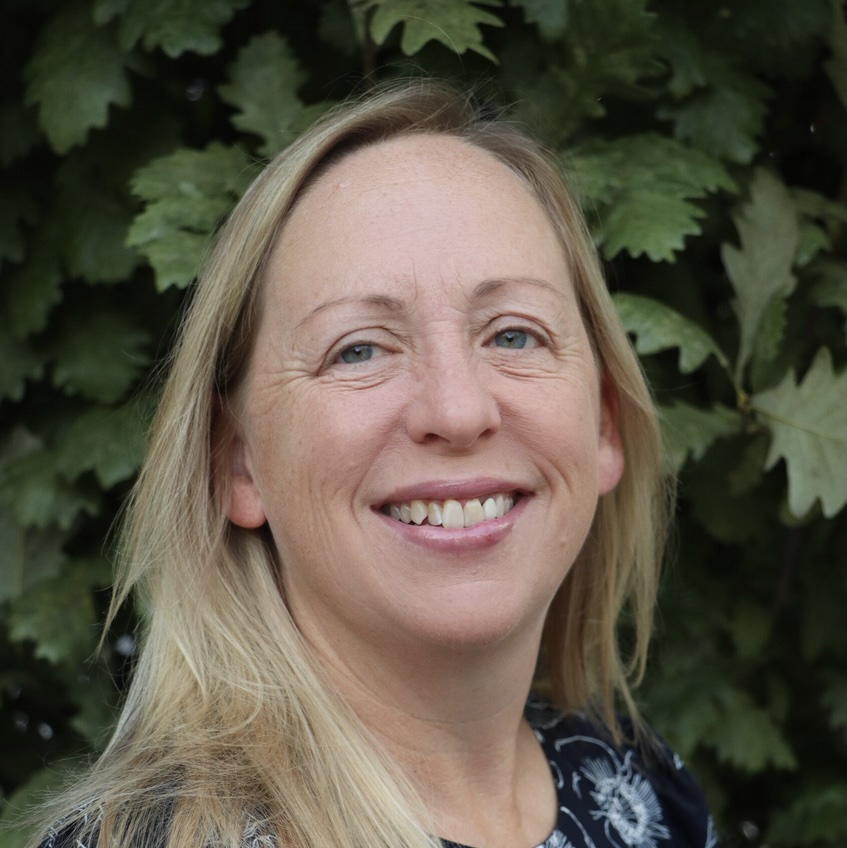
“There are historically important events that serve as markers in our lives,” said Jamie Nelson, CIO Emeritus at Hospital for Special Surgery. “And when you get through them, your life becomes about before and after, because everything transforms.”
One of those events, of course, was the Covid-19 pandemic. Since the beginning of 2020, so much has changed – not just in terms of how people receive care, but also how they work, communicate, and engage with other industries.
Times like these, according to Nelson, “really do force transformation: personal and societal transformation. We are living in interesting times.”
That’s an understatement.
As we mark five years since the initial lockdown – and since the origin of the 229 Project – it feels like an opportune time to reflect on how much has changed. To that end, we spoke with Nelson and two other leaders about their experiences during the pandemic and what they believe were the key lessons learned.

Daniel Nigrin, MD
For MaineHealth CIO Daniel Nigrin, MD, one of the most important takeaways from Covid is that “it pushed us from a financial point of view to be more economical and resourceful, and to do more with less.” Of course, that’s not exactly a novel concept for nonprofit healthcare systems, but during the pandemic, it was amplified.
And that meant adopting a nimble mindset and leveraging tools that were already in place, albeit underutilized. Case in point? Telemedicine, which expanded exponentially when the lockdown went into effect. “All of a sudden, the majority of care was being delivered that way,” and the majority of tasks were being completed virtually.
Both proved successful.
“I think we all learned that remote work does work, and we should capitalize on it,” said Nigrin, who came to MaineHealth in 2021 after 26 years at Boston Children’s Hospital. “The majority of the concerns around productivity and collaboration have been debunked. In fact, in the last few years, we’ve rolled out more big initiatives and been more successful than ever. It’s clear that people are working – it may be happening at odd hours, but they’re working.”
As a result, employees have come to expect flexible schedules, and in most cases, Nigrin supports the premise, but with a caveat. “We have to be careful that we don’t lose something along the way,” notably the camaraderie that stems from face-to-face interactions. At MaineHealth, “we’re very forthright still about having regular times where we bring the entire team together, even just for social reasons.”
And while there’s certainly value in that, he also encouraged leaders to hold in-person events – but cautioned against making it mandatory. “I allow it to happen organically,” he said. As a result, those meetings have been successful in enabling teams to become better aligned on projects and more productive.
Another core objective in getting teams back onsite – at least periodically – is to ensure IT remains closely connected to the mission of the organization. “We were already a little bit removed from the actual provision of care; it’s even harder now to get that point across to our teams and make it real for them,” he said. For CIOs, it means prioritizing clinical rounds. “We’re talking about peoples’ lives, and that’s hard to do when someone is on Teams meetings all day. I strongly encourage our teams to schedule time to go meet with clinicians so they can see what the work environment is like.”
And hopefully, feel more connected to it.

Eric Neil
If there was a “ground zero” for Covid in the United States, it was Washington State – and not just because the nation’s first coronavirus case was confirmed at Providence Regional Medical Center. UW Medicine’s virology department developed a groundbreaking lab test that expedited the process of obtaining results. And on March 6, 2020 – just a week after the first reported US death – the health system stood up one of the first drive-through testing sites in the country.
This required a significant lift from the IT team, whether it was distributing devices, ensuring connectivity, or configuring systems to enable rapid changes, according to UW Medicine CIO Eric Neil.
Sharing knowledge
And it didn’t stop there.
Neil, who had just taken on the role of interim CIO in January 2020, immediately recognized the need to share the knowledge his team had gained on the fly, particularly as Covid cases started to escalate. “As we jumped onto calls, we realized we had nothing to refer to,” he said. “We had that light bulb moment of, ‘we have to document this. We have to help other systems so that they’re not in reactive mode.’”
To that end, a team of leaders led by Neil published their findings in the Applied Clinical Informatics Journal, describing their strategies for critical tasks such as building order sets, creating dashboards, and setting up vaccination sites. The goal was to ensure no one was flying blind, he added. “Our mission is to improve the health of the public – not just in our local region or community.”
Under normal circumstances, of course, UW Medicine wouldn’t have been able to move so quickly. But because of the public emergency, the red tape that can often hinder innovation was removed, which was a game-changer, according to Neil. “We didn’t have time to run a formal request process. We needed to develop these things rapidly.”
They did so, and found that the unique circumstances allowed them to take on more risk. The other critical factor? “Everyone had each other’s back,” he added. “If a mistake was made, there wasn’t any finger pointing. It was accepted because we were moving at such a quick rate.”
And while that mindset has dissipated for the most part, Neil would like to see more of the innovative thinking and collaboration that proved so valuable during Covid. “We need to remind ourselves that we can operate that way. We don’t always need to be so cautious in the types of decisions we make,” he said, adding that there’s a lot to be learned from that time. “Everyone was rowing in the same direction. The culture change, the rapid decision-making, and collaboration between clinicians and IT staff was unprecedented. It was definitely lemonade in a time where it felt like we were being thrown lemon curve balls every time we came around another corner.”

Jamie Nelson
New York City may not have been ground zero for the Covid-19 pandemic, but it was certainly an epicenter, with nearly 1.7 million cases reported between March 2020 and March 2021, according to Statista.
For Jamie Nelson, then CIO at Hospital for Special Surgery, it wasn’t the first disaster faced during her time in New York. And in fact, her experiences with the 9/11 attacks as well as Hurricane Sandy had taught her an extremely valuable lesson: Act quickly.
“I think that recognizing a situation and pulling the cord early is important,” said Nelson, who recently retired after 40 years in the industry (including 13 with HSS). “You’re better off doing that and pushing back, versus letting something happen and reacting too late.”
And so, instead of waiting to hear from state officials, the organization’s leaders opted to close its doors and start to transition operating rooms into ICUs. “We decided to take matters into our own hands,” she recalled. That meant not just providing physical space, but also lending out anesthesiologists as critical care providers. “The idea was to recognize it quickly, shut things down, and prepare to take on patients from other organizations. Getting in front of that and reacting thoughtfully and quickly is very important.”
Standing up an ICU, however, is no small task, according to Nelson. It required a “tremendous amount of work” to make that happen, while also focusing on enabling remote work, setting up vaccine sites, managing supply chain challenges, and ensuring a solid infrastructure was in place.
It was an enormous lift, and not one she believed could be led virtually. And so, Nelson made a point to show up every day in support of her team, despite the risk of contracting the virus. “We wanted to keep caregivers and patients safe, and we knew the fewer people you had at the hospital, the better,” she said. “But on the IT side, we still needed desktop techs. We needed people who dealt with clinical devices. There was still a lot of IT that needed to be onsite. How could I ask people to come in and put themselves at risk while I stayed home safely?”
As it turned out, there was another key advantage to being present. “It allowed me to be on the front line with the rest of our executive leadership team,” and gave her a key voice in decision-making. “Because I was at that table, it helped me feel like I was part of the solution.”
It also helped accelerate key initiatives. For example, when the head of surgery requested a change within Epic to more easily identify Covid patients, a resolution was quickly reached. “In the old days, it would’ve gone through the quality and safety committees and we would have to prioritize it,” she noted. During the pandemic, on the other hand, “we made some significant changes in record time, because we were all going after the same thing. There were no distractions. We really had tunnel vision.”
That vision was exactly what healthcare needed at the time. Five years later, however, it’s clear that leaders have learned from the experience, and are able to see things from a different perspective.
Said Nigrin, “My goal is to prioritize so that we can allow ourselves to focus on fewer things, do them really well, do them quickly, and move on to the next ones. That’s a good lesson learned from Covid.”


Questions about the Podcast?
Contact us with any questions, requests, or comments about the show. We love hearing your feedback.

© Copyright 2024 Health Lyrics All rights reserved